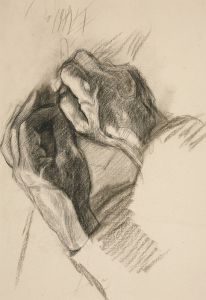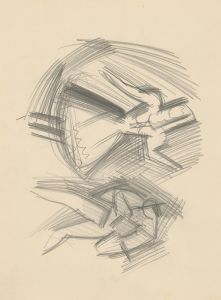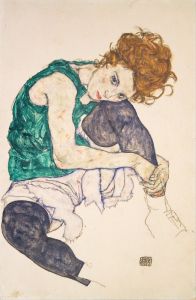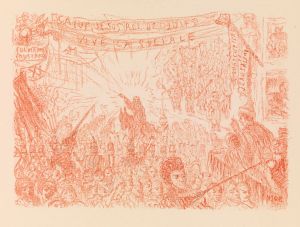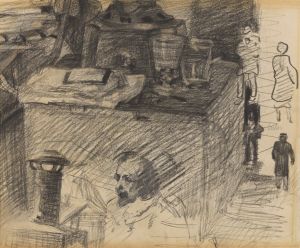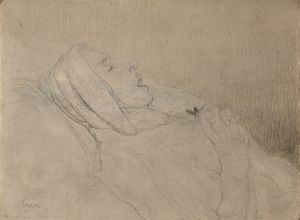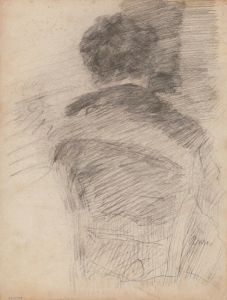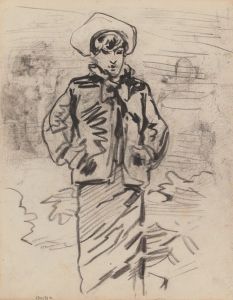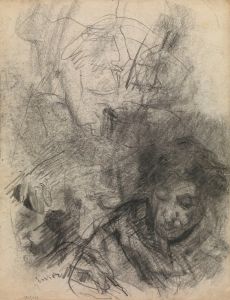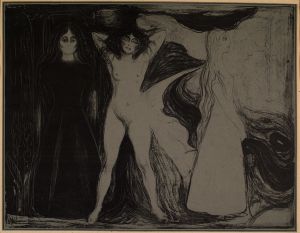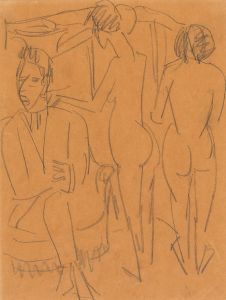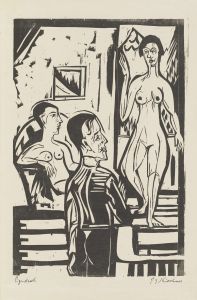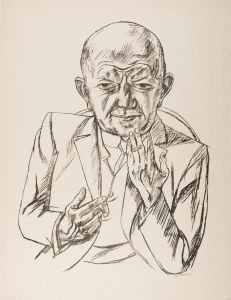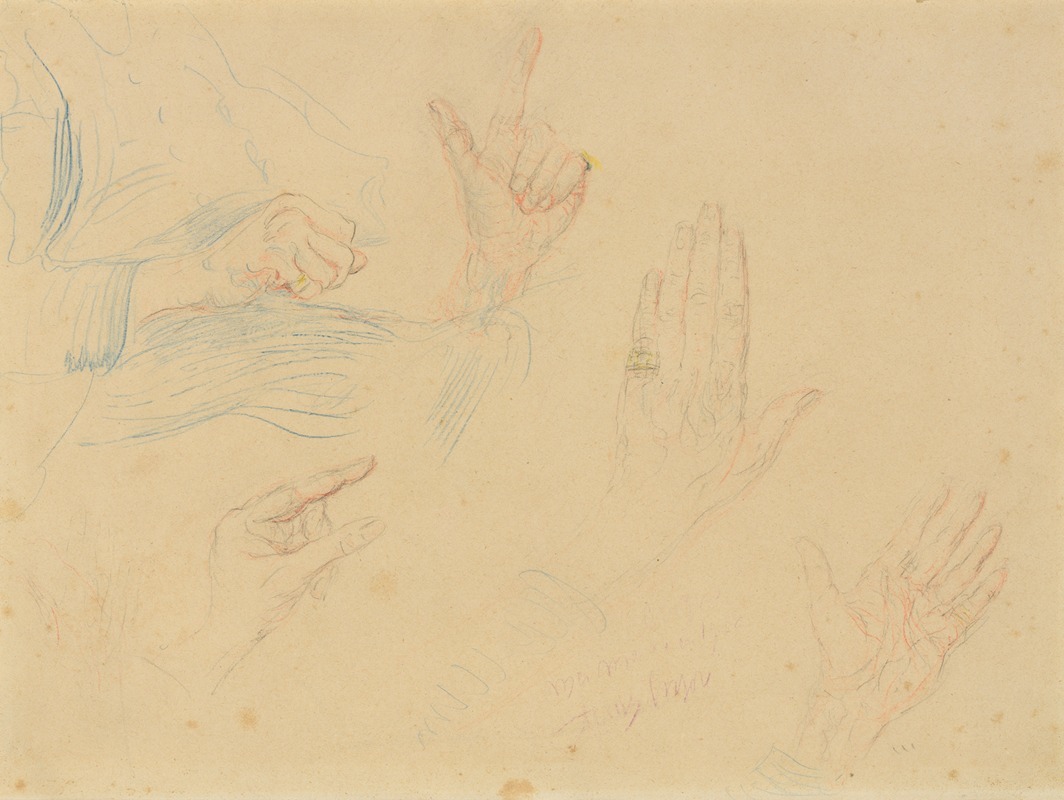
Mijn handen
A hand-painted replica of James Ensor’s masterpiece Mijn handen, meticulously crafted by professional artists to capture the true essence of the original. Each piece is created with museum-quality canvas and rare mineral pigments, carefully painted by experienced artists with delicate brushstrokes and rich, layered colors to perfectly recreate the texture of the original artwork. Unlike machine-printed reproductions, this hand-painted version brings the painting to life, infused with the artist’s emotions and skill in every stroke. Whether for personal collection or home decoration, it instantly elevates the artistic atmosphere of any space.
James Ensor, a prominent Belgian painter and printmaker, is known for his unique and often provocative style that blends elements of symbolism, expressionism, and surrealism. One of his lesser-known works is "Mijn handen" (translated as "My Hands"), which reflects his fascination with the human form and his introspective exploration of identity and self.
Ensor was born in 1860 in Ostend, Belgium, and spent much of his life there. His work is characterized by its vivid use of color, intricate detail, and often grotesque or fantastical imagery. Ensor was a member of the avant-garde group Les XX, which played a significant role in the development of modern art in Belgium. His work often challenged conventional aesthetics and explored themes of mortality, identity, and the absurdity of human existence.
"Mijn handen" is a work that exemplifies Ensor's interest in the human body and his introspective approach to art. While specific details about the creation and exhibition history of "Mijn handen" are scarce, the painting is consistent with Ensor's broader oeuvre, which frequently features self-portraits and studies of hands and faces. Ensor's hands, in particular, are a recurring motif in his work, symbolizing both the artist's creative power and his existential musings.
In "Mijn handen," Ensor likely employs his characteristic style, which often includes bold, expressive brushwork and a vivid color palette. His depiction of hands may be both literal and metaphorical, serving as a reflection on the artist's role in shaping and manipulating his world. Ensor's hands could be seen as a symbol of his artistic identity, representing both the physical act of painting and the deeper, more philosophical questions about creation and existence.
Ensor's work, including pieces like "Mijn handen," has had a lasting impact on the art world. His innovative approach to form and content influenced later movements such as expressionism and surrealism. Artists like Edvard Munch and the German expressionists drew inspiration from Ensor's bold use of color and his willingness to explore the darker aspects of the human psyche.
Despite the limited specific information available about "Mijn handen," the painting fits within the broader context of Ensor's artistic legacy. His work continues to be celebrated for its originality, emotional depth, and its ability to challenge viewers' perceptions of reality. Ensor's exploration of the self, as seen in "Mijn handen," remains a powerful testament to his enduring influence on modern art.
In summary, while detailed information about "Mijn handen" is limited, the painting is a part of James Ensor's rich body of work that delves into themes of identity, creativity, and the human condition. Ensor's legacy as a pioneering artist is reflected in his innovative techniques and his profound exploration of the complexities of the human experience.





